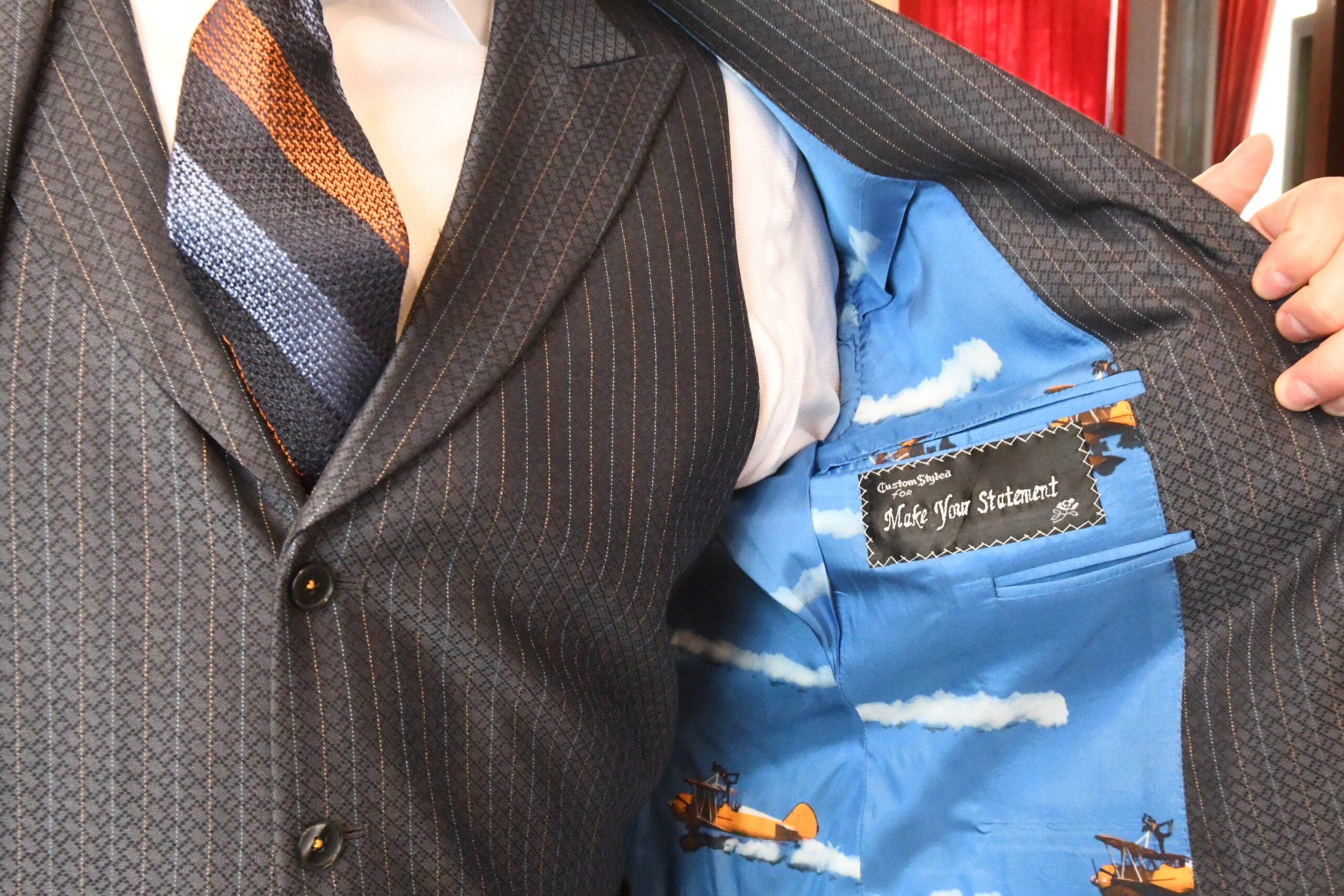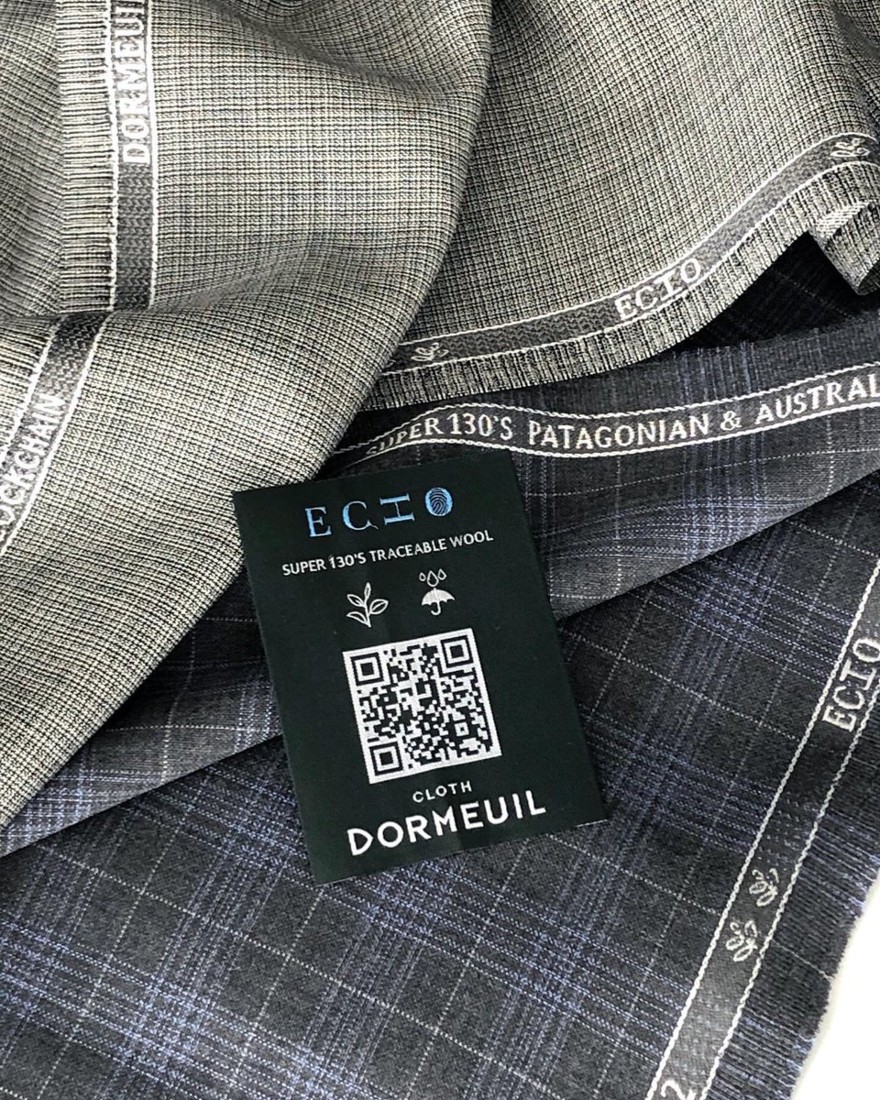Most of us have come into contact with the vibrant motif. Maybe you’ve seen the Beatles wear it, or on a rug in your boss’ office. You might even own an article or two of clothing featuring the famous raindrops. But, what is paisley? The answer is a bit difficult to nail down. The term “paisley” has been in use since the early 1800’s, but the pattern itself originated thousands of years before that. In today’s post, we’ll explore the origins of paisley, its storied history, and the modern-day style applications of the motif.
The Humble Origins of Paisley
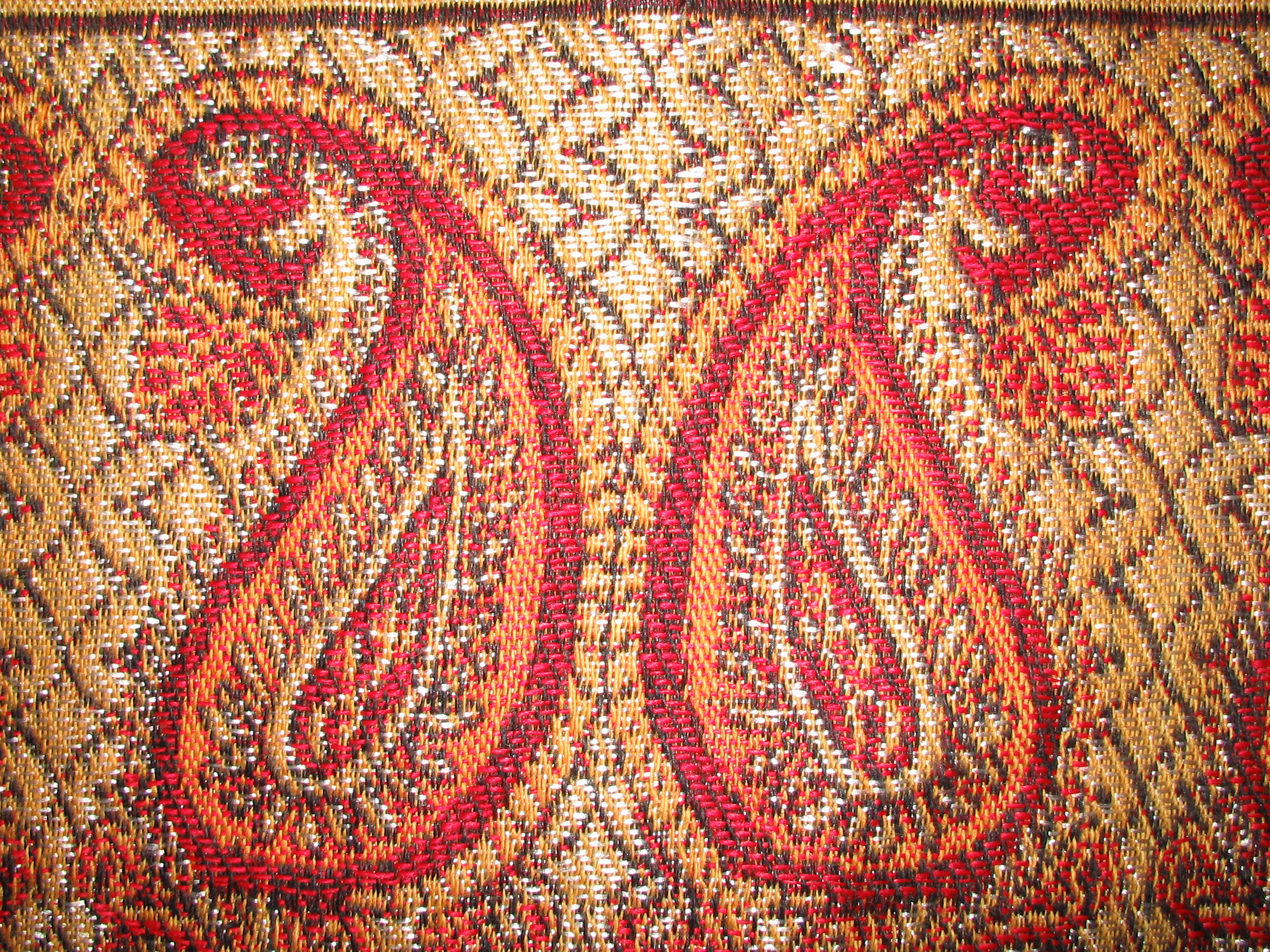
Paisley, in essence, is a colorful design featuring a characteristic boteh or buta, a teardrop-shaped design. It resembles a seed, sperm, raindrop, or fig-like shape. The boteh or buta signified life and eternity to Zoroastrianism, an early Persian religion that originated over 4,000 years ago. The shape also bears a striking resemblance to the yin and yang symbols birthed in Japan sometime around 600 BCE. So, tracing back the origins of the iconography can get a bit tricky.
Over the centuries, many different cultures across Eurasia used something like a boteh in their art, clothing, and furniture. Eventually, the motif as we know it today – featuring prominent botehs, spiraling nature themes, and bright accented colors – was woven into fine cashmere shawls by the Mughals in Central Asia around the 15th and 16th centuries.
A Long, Storied History
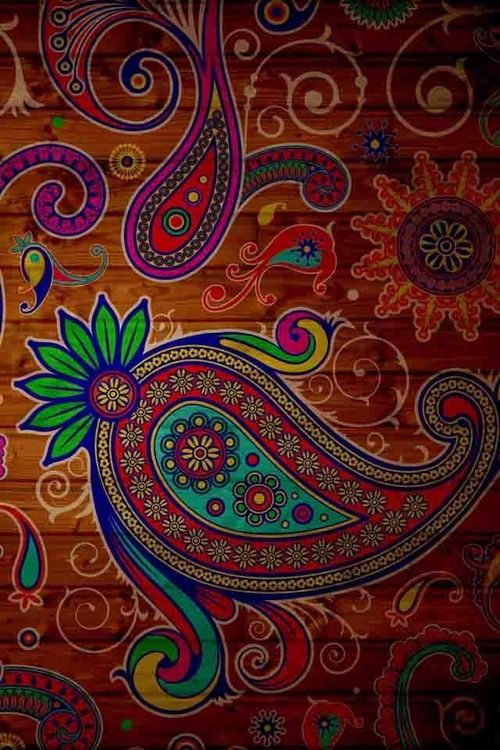 We have the East India Company to thank for exporting the shawls (whether this was done in a completely ethical and fairly compensated way is debatable and beyond the scope of this post). The shawls were made all over Asia and imported back along with other goods like spices and gold beginning in 1775. Exotic fabrics did not come cheap, however. These shawls sold for over 50 guineas each, or $100. This is a little over $2,000 in 2022, accounting for inflation. As such, they remained on the shoulders of only the well-to-do and royalty of the day.
We have the East India Company to thank for exporting the shawls (whether this was done in a completely ethical and fairly compensated way is debatable and beyond the scope of this post). The shawls were made all over Asia and imported back along with other goods like spices and gold beginning in 1775. Exotic fabrics did not come cheap, however. These shawls sold for over 50 guineas each, or $100. This is a little over $2,000 in 2022, accounting for inflation. As such, they remained on the shoulders of only the well-to-do and royalty of the day.
By 1808, the first European recreations of these shawls were produced by many fabric mills and tailor shops in places like France, Italy, and England. The most notable mill among these was located in the Scottish village of Paisley in Renfrewshire. The town of Paisley took over more and more of the shawl market, and in 1834 alone they produced over £1 million worth of them, an estimated billion-dollar industry when adjusted for inflation.
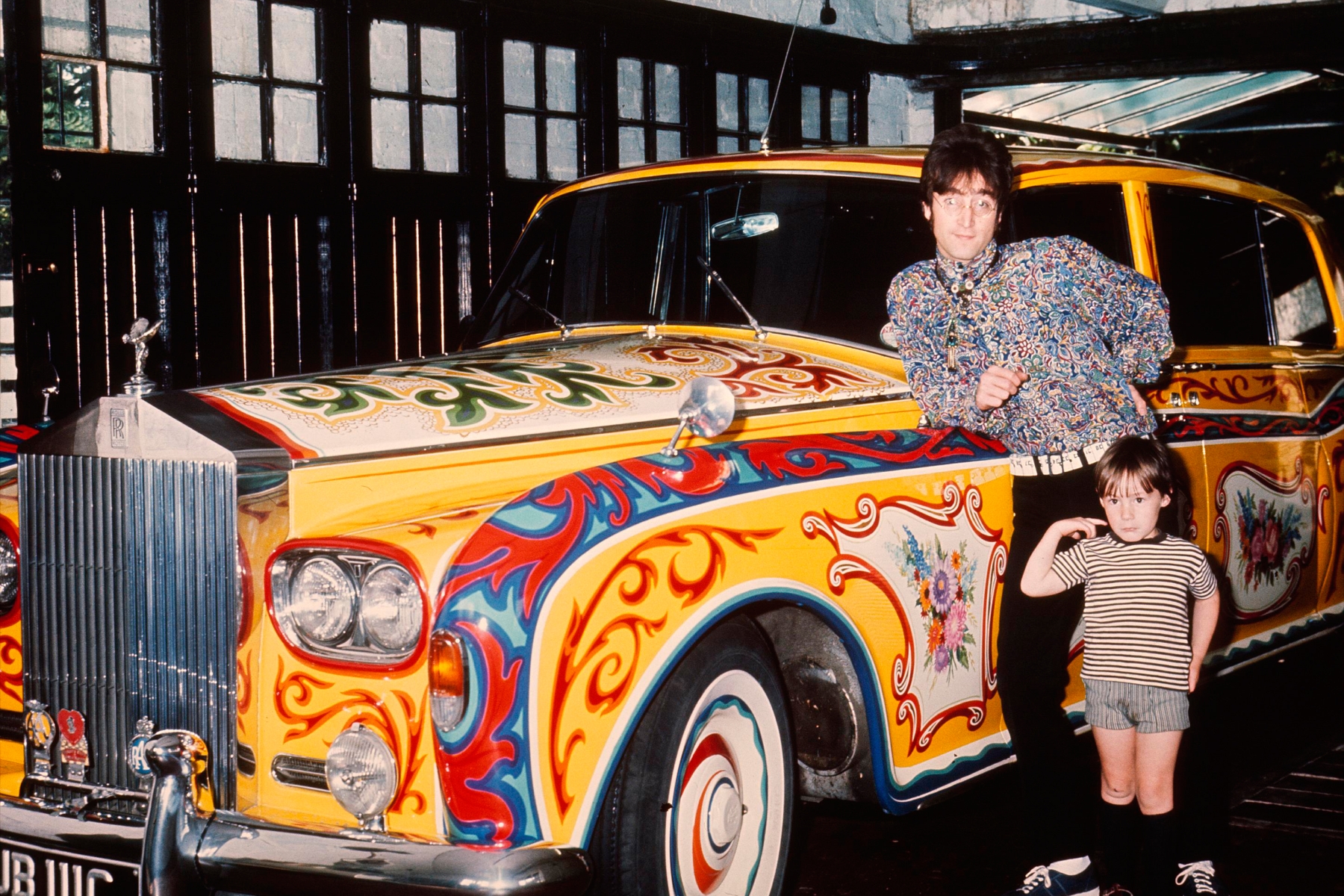
With over-production came a decline as paisley shawls fell out of vogue in the late 1870’s. They were co-opted again by Oscar Wilde and the Bohemian movement during the turn of the 20th century. The next revival was the Free Love movement of the late 1960’s, accenting the scarves of Jimi Hendrix or the custom wrapping of John Lennon’s Rolls Royce.
How To Wear Paisley
Today, paisley still has a home in fine men’s tailoring as an accent point of color and pattern. We have many articles about the principles of styling such as Men’s Guide to Color and Pattern Mixing 101.
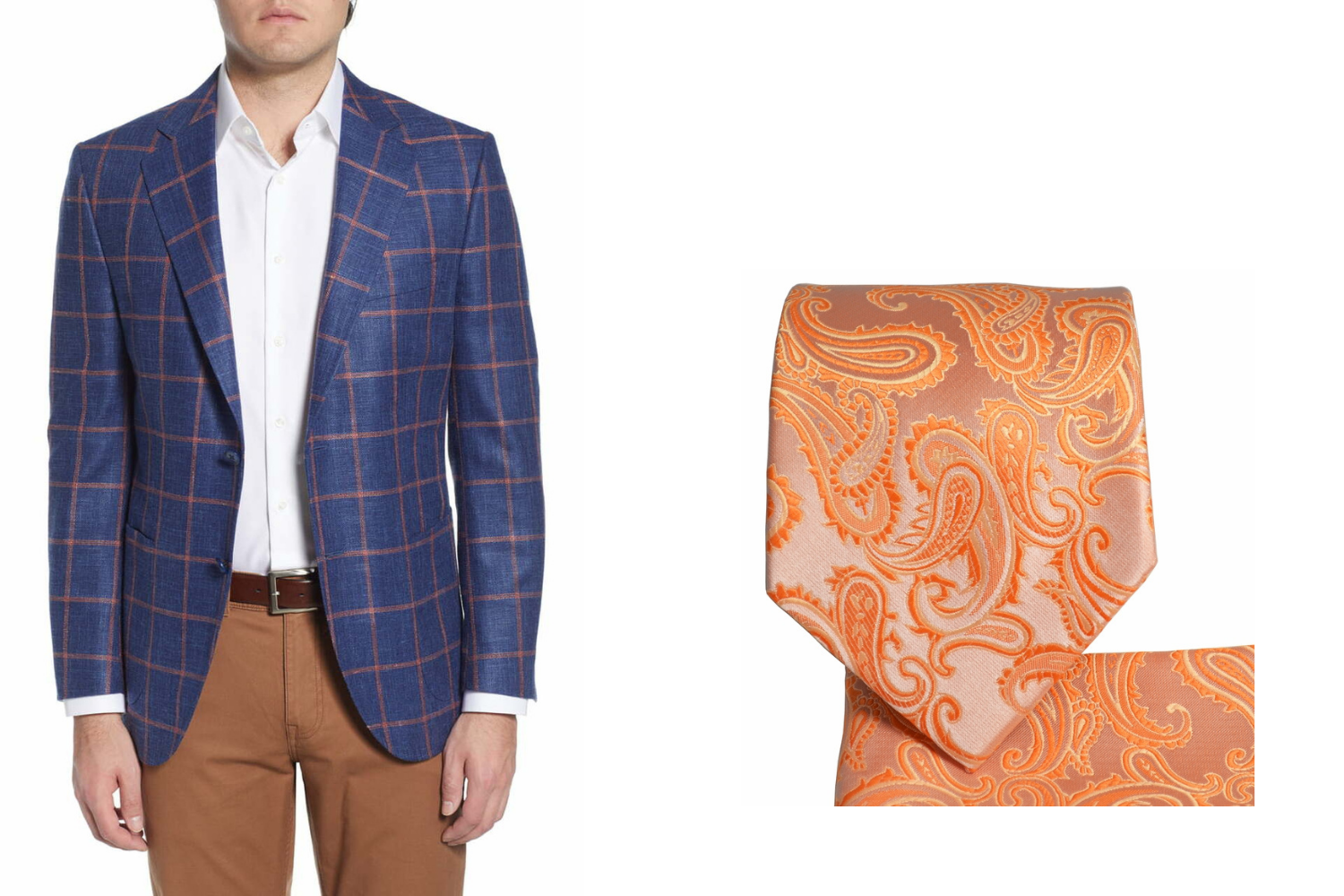
A general rule of thumb is playing with major colors and minor colors while pairing complementary patterns together. A blue windowpane sport coat featuring soft orange accents paired orange paisley tie or pocket square would beautifully break up the straight lines and color palette of the jacket.
In Conclusion
Who could have guessed that such an unassuming pattern could have so many secrets. Still wondering how to make that paisley pocket square work? Give us a call at 215-310-0219 or email info@henrydavidsen.com to start a conversation.

